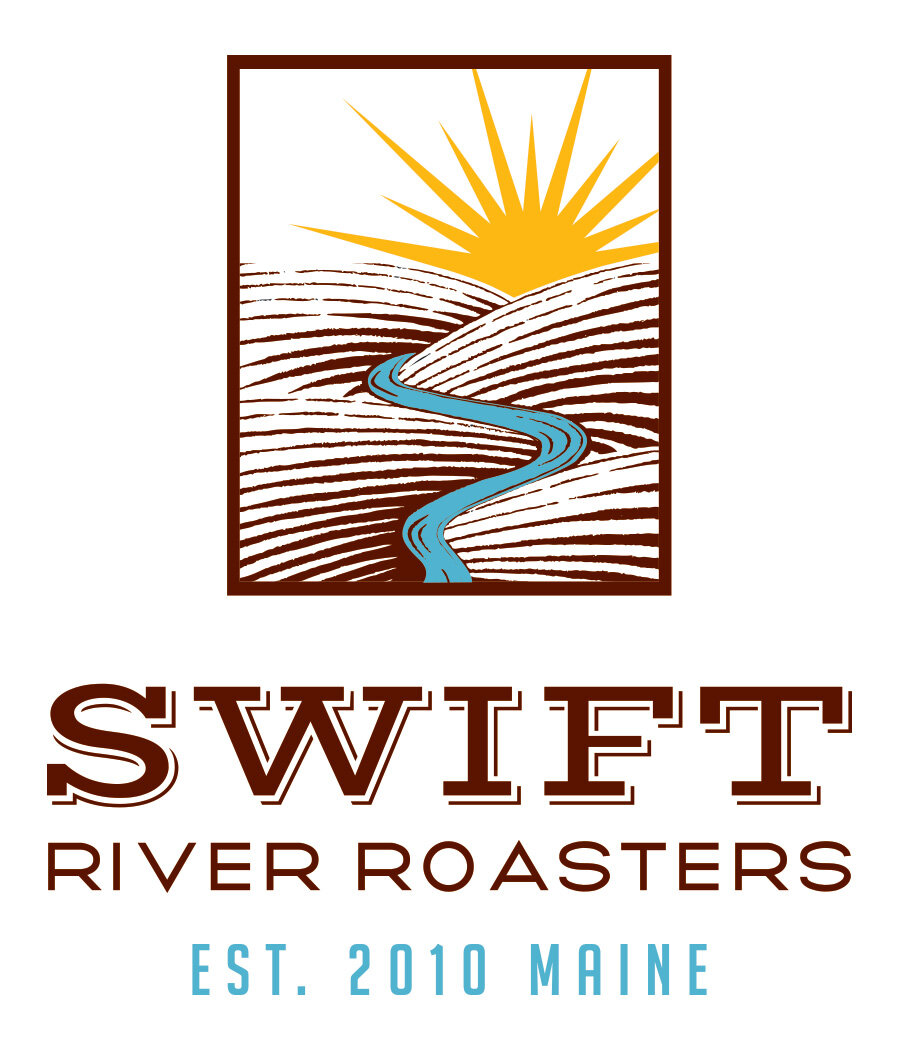Baking with Coffee
There’s something special about enjoying a hot cup of coffee with a freshly baked cookie, muffin, or pastry. But what about coffee in your baked goods?
Coffee is a great baking flavor on it’s own, but also complements a lot of other flavors. From caramel latte cupcakes to dirty chai scones, the possibilities are endless (and delicious!)
There are three main ways to get a delicious, authentic coffee flavor in your baking. Read our tips for each method, then get experimenting - that’s what baking is all about!
1. Brewed Coffee
Have leftover coffee in your pot? Great! It’s easy to include strong brewed coffee in many recipes. Brewed coffee is great for recipes where you’re adding liquid like water or milk, including many pre-made mixes: simply substitute all or part of the liquid with coffee. It adds a light flavor and richness to cakes, brownies, muffins, and more. Just don’t mix brewed coffee into melted chocolate, as the water content will cause the chocolate to “seize,” or harden.
Try it: Replace the water in a brownie mix with brewed coffee for an easy flavor upgrade!
2. Ground Coffee
Ground coffee adds a flavor kick, textural interest, and an attractive speckled look to all kinds of baked goods. Ground coffee is great for recipes like cookies where you don’t want to add too much moisture to the dough. This method is versatile: Cookies, scones, muffins, cakes, and more are all great vehicles for a spoonful of your favorite ground coffee. And don’t worry about grittiness - the grounds soften slightly in the oven, and provided they’re used in relatively small amounts, the texture is pleasant, not gritty.
Try it: Elevate chocolate chip or oatmeal cookie dough with a teaspoon of finely ground coffee. Caffeinated breakfast cookie, anyone?
3. Instant Espresso
Even whole-bean coffee devotees have to admit that instant espresso powder has an important place in baking. Instant espresso is great for adding a hearty coffee flavor while maintaining a smooth texture. The powder doesn’t contain any water to dilute the flavor or make your baked goods too wet, so it’s great for many different recipes where you want a strong, rich coffee flavor.
Try it: Stir in instant espresso powder with the wet ingredients in cake batter, or use to flavor frosting, glaze, or melted chocolate.
Want to try your hand at baking with coffee? Here are a couple of recipes to get you started. Happy baking!
Coffee Shortbread
This simple recipe for coffee shortbread is a favorite - buttery and not too sweet with just the right amount of coffee flavor.
Ingredients:
1 cup butter, softened
2 tsp coffee grounds
2 cups flour
1/4 tsp salt (Omit if using salted butter)
1/2 cup sugar, plus 2 tbsp for sprinkling
1/4 tsp vanilla
Directions:
Preheat the oven to 300 degrees F. Cream butter, 1/2 cup sugar, and salt together, then add vanilla. Add flour and coffee grounds and mix until fully combined. Place dough in a 9x13” baking dish (or 9x9” for thicker cookies) and pat into the pan with your hand or a spatula.
Sprinkle 2 tbsp of sugar over the top of the dough (optional). Prick all over with a fork and bake for 30 minutes. Cut into squares while warm.
Espresso Meringues
Light, airy meringues get an espresso upgrade! An elegant add to a brunch buffet or after-dinner spread.
Ingredients:
2 egg whites, at room temperature
1/2 tbsp instant espresso powder
1/2 cup sugar
1/4 tsp white vinegar
Pinch of salt
Directions:
Preheat the oven to 200 degrees F. In a stand mixer or large bowl with a hand mixer, beat egg whites, vinegar, and salt until foamy. Add espresso powder and one spoonful of sugar, then increase mixer speed to medium-high. Add the rest of the sugar one spoonful at a time, beating continuously. The mixture is ready when it’s stiff and glossy and the sugar is fully dissolved. Pipe or spoon meringues onto a sheet pan lined with parchment paper. Bake for 1 1/2 - 2 hours, then turn the oven off and allow to cool and dry completely in the oven.

